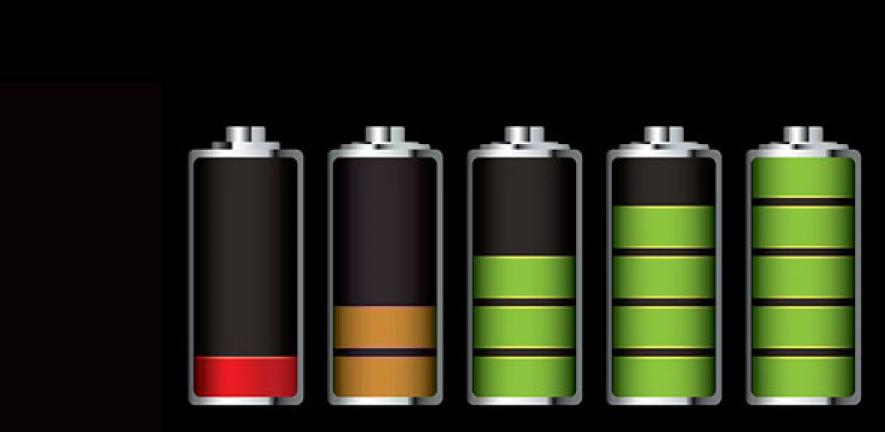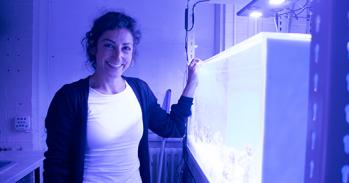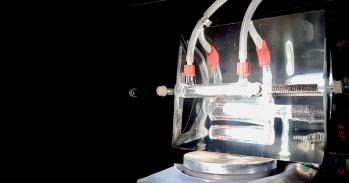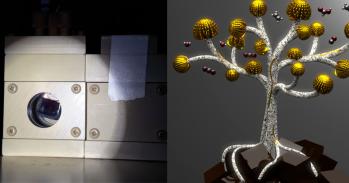
The sixth annual Winton Symposium will be held on 9 November at the University’s Cavendish Laboratory on the theme of Energy Storage and Distribution.
The sixth annual Winton Symposium will be held on 9 November at the University’s Cavendish Laboratory on the theme of Energy Storage and Distribution.
There is an urgent need to store and efficiently distribute energy to ensure the lights stay on.
Nalin Patel
Storage and distribution of energy is seen as the missing link between intermittent renewable energy and reliability of supply, but current technologies have considerable room for improvements in performance. Speakers at the annual symposium, which is free and open to the public, will discuss some of the new technologies in this important area, and how understanding the basic science of these can accelerate their development.
“As intermittent forms of renewable energies continue to contribute to a larger share of our energy mix, there is an urgent need to store and efficiently distribute energy to ensure the lights stay on,” said Dr Nalin Patel, Winton Programme Manager at the University of Cambridge.
The one-day event is an opportunity for students, researchers and industrialists from a variety of backgrounds to hear a series of talks given by world-leading experts and to join in the debate. Speakers at the event will include Professor Harold Wilson, Programme Director of the UK Atomic Energy Authority; Professor Katsuhiko Hirose, Professional Partner at Toyota Motor Corporation; and Professor David Larbalestier, Director of the Applied Superconductivity Center, National High Magnetic Field Laboratory at Florida State University. The full programme of speakers is available online.
The symposium is organised by Professor Sir Richard Friend, Cavendish Professor of Physics and Director of the Winton Programme for the Physics of Sustainability and Dr Nalin Patel the Winton Programme Manager.
There is no registration fee for the symposium and complimentary lunch and drinks reception will be provided, however participants are required to register online. The event is open for all to attend.

The text in this work is licensed under a Creative Commons Attribution 4.0 International License. For image use please see separate credits above.




